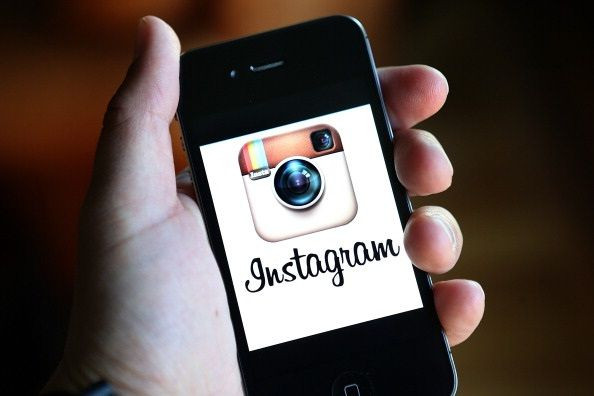Instagram Ads Just Got More Invasive And Product-Focused As It Adopts Facebook’s Retargeting Model

Instagram is about to get a whole lot more like Facebook. That is, the ads that seem to eerily know the products or services that you’ve browsed before are coming to Instagram.
The ad industry calls this “retargeting.” For the user, it means ads that target you based on what you’ve been browsing for either on or off Facebook. For instance, a shopper could see an ad for a type of shoe they were browsing on Amazon and then see that same shoe display in an Amazon ad on Facebook.
Facebook calls these dynamic ads and they were previously available on Facebook’s News Feed and through its Audience Network. For the user, they can feel invasive or creepy, but for Facebook, they are extremely lucrative and now they’re coming to Instagram. Advertisers can promote specific or related products to Instagram users who have previously seen the items on another website or added it to their shopping cart.
This change will no doubt be celebrated by advertisers, who covet Instagram’s younger audience, but retargeting does carry some risks to the user experience.
“For consumers, dynamic advertising could feel a bit invasive. Instagram still has a reputation as a user-dominated platform, and the more ads that get served, the more likely consumers are going to get turned off,” Veronica Lincoln, senior social and digital media strategist of global creative agency The Community, told International Business Times.
Concern about being “invasive” arises from advertisers potentially showing users products they already bought or purposely chose not to purchase. Preventing this requires sophisticated data. “Reaching consumers when they are at the point of making a decision is a good thing, but as with any type of retargeting ad, it will be incumbent on both Facebook and its advertisers to make sure they have a solid grasp on their data,” Debra Aho Williamson, a principal analyst at eMarketer, said in a statement.
Facebook says 60 percent of Instagram users report that they discover new products on the app and 75 percent take action after seeing a product post.
“As people discover information, products and experiences in this fashion, advertising strategies have to change to keep up. Businesses need to understand the new ways people are showing interest in a product,” Facebook wrote in a blog post about the update.
For today’s consumers, product browsing means mobile. Facebook and Instagram have taken the top spots on daily minutes spent. Users spend on average 50 minutes per day on Facebook, Instagram and Messenger, CEO Mark Zuckerberg reported in April.
This update is just the latest in a series of steps Facebook has made to make its core app and Instagram more of a venue for e-commerce. Facebook opened up advertising on Instagram in September and added a “buy” button to the app, which allows users to press one button and go directly to the retailer’s website. Facebook introduced carousel ads, a swipe through of photos, to Instagram in March.
Advertisers have fallen for Instagram for its visual focus. “Given the photographic and product-focused nature of Instagram, this is a great medium for this type of advertising,” said David Salinas, CEO and co-founder of marketing agency Digital Surgeons.
Instagram is estimated to bring in at least $3.2 billion in revenue in 2016, according to a Credit Suisse report.
Facebook also introduced more capabilities for travel businesses using dynamics ads. Advertisers can target ads based on users searching for specific hotels during a specific time. That data pulls from users’ browsing or search history on hotels and purchasing flights.
Businesses say it’s a chance not only to push offers but also work on guest relations, according to Karin Timpone, global marketing officer at Marriott International. “We jumped at the opportunity to be ‘first’ in our industry and to evolve our messaging from a single transaction at one point in time to an ongoing guest relationship that drives deeper engagement for a longer period of time,” Timpone said in a statement.
Lastly, Facebook has expanded Custom Audiences, its feature that allows advertisers to connect with a particular segment of users based on interest or demographic information. Advertisers can now create segments more narrowly on page visits, including frequency, time spent, by date and by device.
© Copyright IBTimes 2024. All rights reserved.






















